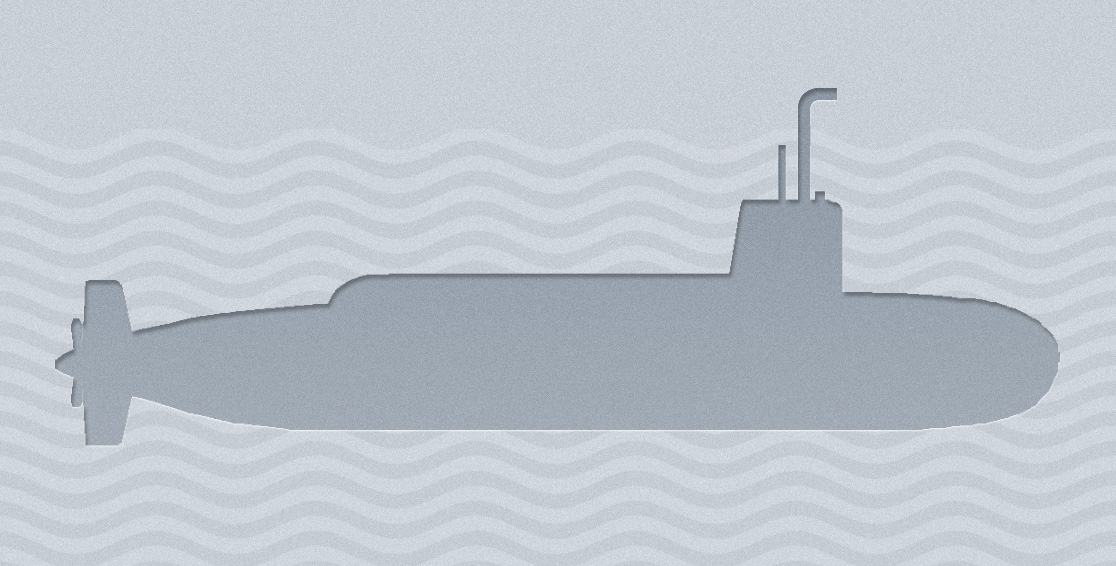Britain could end round-the-clock Trident submarine patrols and still maintain a credible nuclear deterrent effect according to a new analysis from a military think tank.
A report published by the Royal United Services Institute (RUSI) argues the UK does not need to have at least one nuclear missile submarine always at sea to be sure of deterring an attack.
Ending continuous nuclear patrols and scaling back the Trident submarine fleet could save billions of pounds at a time when defence budgets are strained, the paper said, supporting a case made in the government's Trident Alternatives Review for replacing the current flotilla of four Vanguard class Trident submarines with a smaller fleet.
The paper, by RUSI analyst Hugh Chalmers, said that even if there was not always a submarine on patrol there would still be a powerful deterrent to any potential aggressor. While the UK remained a member of Nato, was able to call on robust conventional forces and retained the ability to reconstitute its nuclear capability, any threat to its “vital interests” would only require deployment of nuclear weapons on “rare occasions”.
“Despite criticism that non-continuous postures would create a ‘part-time deterrent’, even an inactive fleet of submarines can help to deter actors from seriously threatening the UK,” the paper argues.
Although the paper acknowledged that moving away from continuous patrols could create “unnecessary risks”, abandoning continuous patrols “would not automatically undermine the UK's ability to deter nuclear threats and blackmail”, and a time of "strained" defence budgets and diminishing public support for the nuclear status quo, the policy should be subjected to a cost-benefit analysis.
The paper describes how the strategic nuclear doctrine of “continuously at sea deterrence” (CASD) contributes to the UK’s nuclear posture, and explores potential risks posed by submarine activity and vulnerability. It concludes that if flexible and reliable procedures for activating, sustaining, deactivating and repairing a smaller fleet of nuclear submarines are developed, many of the risks of non-continuous patrolling postures could in principle be mitigated.
Although an inactive fleet “would be vulnerable to a no-notice strike, and could neither protect itself against nor respond to an attack under these circumstances”, such an attack “seems highly unlikely without prior indication or provocation, both of which would provide the UK with an opportunity to calibrate the readiness of its forces”, Chalmers argues.
The report points out that UK's lack of experience in operating to different nuclear postures would pose difficulties in adjusting submarine patrol schedules in line with an evolving threat environment, and that the responding to possible threats would require the UK to define circumstances under which it might wish to call upon nuclear weapons: something that has so far been outlined by the government in only the vaguest terms.
For the past 45 years, since the Royal Navy's submarines took over the UK's nuclear role from the Royal Air Force, the Ministry of Defence has maintained that the minimum number of nuclear submarines needed to maintain continuous patrols is four: one at sea, one being refitted, one engaged in training and one in reserve. A move away from continuous deployment would allow a fewer number of submarines to be built, saving billions of pounds in construction costs.
A decision on whether to replace the Trident submarine fleet is scheduled to be taken in 2016 after the next general election. “If the UK can implement a flexible structure in which to operate a non-continuous nuclear force without sacrificing any financial or political gains it hopes to make, a step away from CASD could be one of several legitimate pathways in the UK’s nuclear future,” the report concludes.
